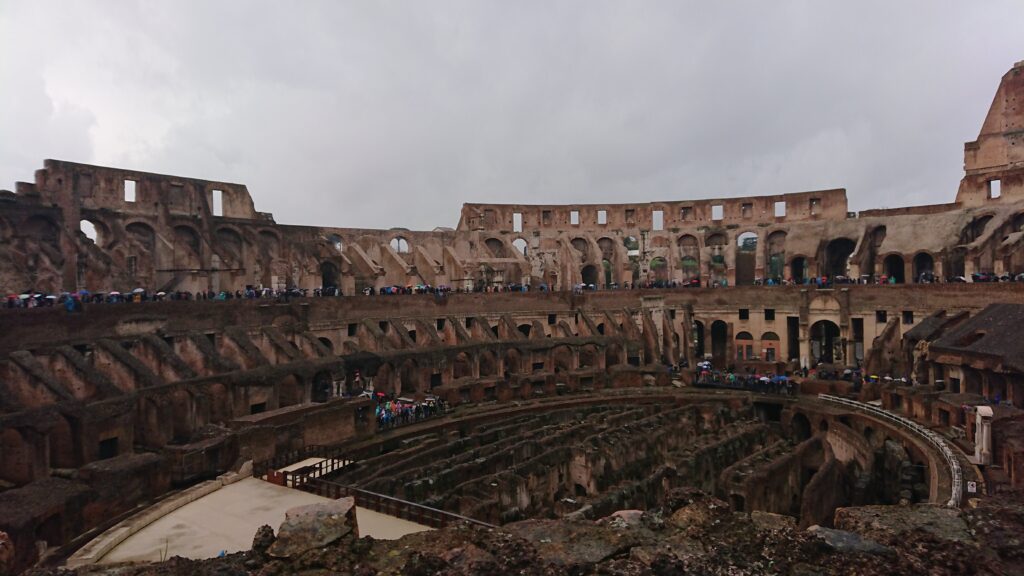In the annals of human history, one civilization stands as an enduring testament to the grandeur of antiquity — the Roman Empire. The Eternal City, as Rome is often referred to, remains an indelible mark on the canvas of time, with its legacy echoing through the corridors of power, art, architecture, and governance. Join me on a journey through the annals of history as we unravel the glories of the Roman Empire, a civilization that laid the foundations for Western culture and left an everlasting impact on the world.
At the zenith of its power, the Roman Empire spanned three continents, from the misty shores of Britannia to the sun-soaked landscapes of North Africa and the exotic beauty of the Middle East. The city of Rome, nestled along the banks of the Tiber River, became the epicenter of an empire that would shape the destiny of countless generations. The legacy of Rome, often romanticized in literature and immortalized in cinema, goes far beyond the ruins and artifacts that dot the modern landscape. It is a legacy of law, governance, engineering, and art that continues to shape our world today.
One of the most enduring contributions of Rome lies in its legal system. The Roman concept of “jus civile” or civil law laid the groundwork for modern legal principles. The famous Codex Justinianus, a compilation of Roman laws completed in the 6th century, became the cornerstone of medieval European legal systems and continues to influence legal thought to this day. Concepts like the presumption of innocence, the right to a fair trial, and the principle of equality before the law were all deeply ingrained in Roman legal philosophy.
The architectural marvels of Rome, from the grandeur of the Colosseum to the engineering prowess of the aqueducts, are awe-inspiring testaments to the ingenuity of the Roman people. The Colosseum, an iconic amphitheater that once hosted gladiatorial contests and public spectacles, remains a symbol of Roman engineering and entertainment. The Pantheon, with its celestial dome and oculus, is a triumph of architectural design that continues to captivate architects and visitors alike.
The Roman commitment to engineering extended beyond grand monuments to practical innovations that shaped the course of history. The Roman road network, epitomized by the famous Appian Way, facilitated the movement of troops, goods, and information across vast stretches of the empire. The construction of aqueducts ensured a reliable supply of water to urban centers, showcasing the Romans’ mastery over hydraulic engineering.
Art and culture flourished in the heart of the Roman Empire, with poets like Virgil, Ovid, and Horace, and philosophers such as Seneca and Cicero leaving an indelible mark on Western thought. The Roman appetite for the grandiose is evident in the intricate mosaics, frescoes, and sculptures that adorned their villas and public spaces. Even the humblest of homes boasted a certain aesthetic, reflecting a society that valued beauty and elegance.
However, the legacy of Rome is not confined to the tangible remnants of the past. The Roman Republic, with its system of checks and balances, has inspired political thinkers for centuries. The concept of citizenship, central to Roman identity, has influenced notions of civic responsibility and participation in modern democracies. The idea of a Senate, a deliberative body representing the interests of the people, has echoes in contemporary legislative systems.
As we navigate the complexities of the modern world, it is essential to recognize and appreciate the enduring legacy of the Eternal City. Rome, with its triumphs and tribulations, its art and architecture, its laws and governance, continues to shape the world in ways both subtle and profound. The glories of the Roman Empire are not confined to the pages of history books or the ruins of ancient structures but live on in the very fabric of our civilization. In acknowledging this legacy, we gain a deeper understanding of ourselves and the intricate tapestry of human history.










